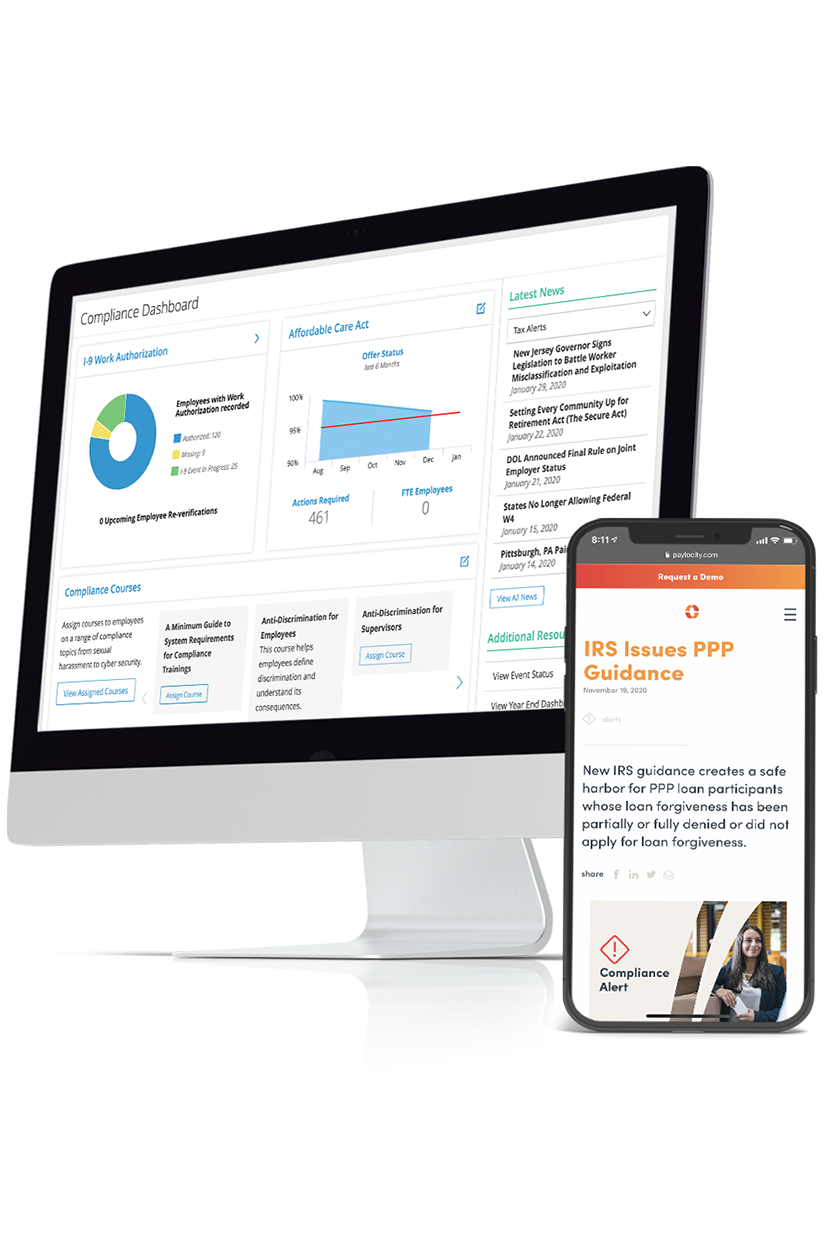What is ACA?
The Affordable Care Act (ACA) was a significant turning point for the U.S. healthcare industry. Passed in 2010, the ACA aimed to increase access to health insurance, improve patient protections, and lower healthcare costs overall. While its pros and cons continue to be debated, the law has undeniably had an impact on the U.S. healthcare landscape.
One of the ACA's central provisions is the creation of a health insurance marketplace that allows individuals and families without employer-provided plans to purchase coverage that meets their needs and budgets. Along with this marketplace came premium tax credits and cost-sharing reductions to help make health coverage affordable for households of all income levels.
ACA Employer Requirements
One of the other seismic shifts the ACA implemented was a new "pay or play" Employer Mandate. Also known as the Employer Shared Responsibility Provision (ESRP), the ACA requires all Applicable Large Employers (ALEs) to either offer their full-time employees affordable healthcare coverage of at least a minimum value or potentially face employer shared responsibility payments to the IRS.
Regardless of whether an employer chooses to "pay or play," it's still important to comply with the Employer Mandate by picking one of those options. The ACA is, after all, still a federal law, and refusing to adhere to its provisions can bring about even more costly penalties. Moreover, there are potential benefits to offering a group health plan, like improving an organization's employer brand and helping to keep employee turnover low.
Determining Employer ACA Eligibility
Every year, the IRS determines how an organization must comply with the ACA by classifying each employer's status based on the average size of that employer's workforce from the prior year.
If an employer has at least 50 full-time employees, full-time equivalent (FTE) employees, or some combination of the two, they're considered an ALE and must adhere to the corresponding requirements. This includes the quality and affordability of any plans they offer, as well as the plan information they must annually submit to the IRS.
Full-Time Equivalent (FTE) Employees
An FTE is a unit of measurement that compares the workload of different employee types, such as full-time and part-time workers, to assess the size of an organization's workforce.
Under the ACA, one FTE employee is a combination of employees who aren’t full time, but whose joint hours are the same as a full-time employee. Specifically, the IRS states the workload of one full-time employee is equal to working 130 hours a month or at least 30 hours a week. So, if an organization has three part-time employees who each work 10 hours a week, their combined hours would be the equivalent of a full-time employee.
To calculate how many FTE employees an organization has, divide the total number of hours part-time staff worked by the number of hours a full-time employee would work (i.e., 130 a month or at least 30 a week).





